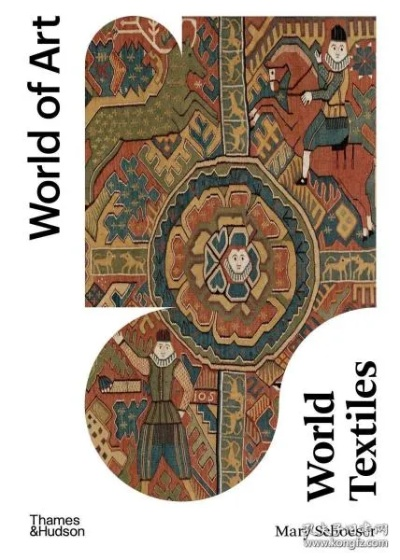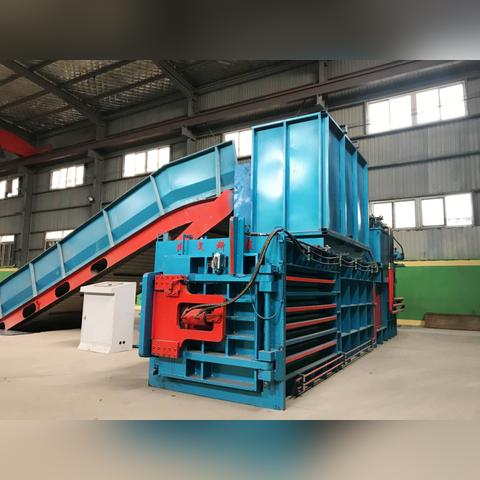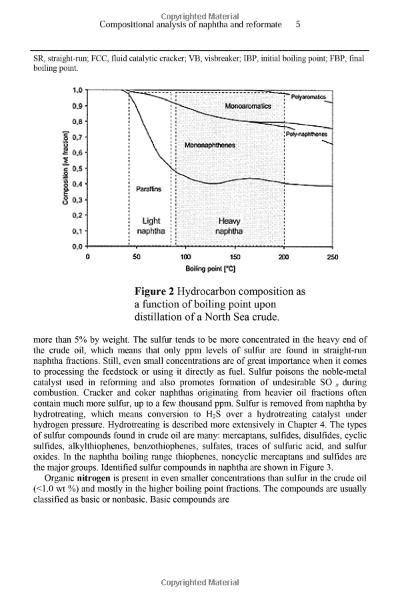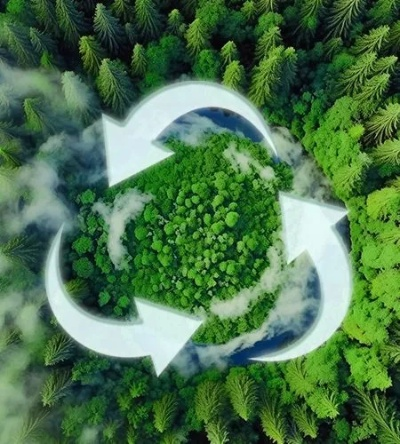The Scope of Textile and Apparel Inspection Services
The scope of textile and apparel inspection services is broad, encompassing various aspects of the industry. These services are designed to ensure that products meet certain standards and regulations, such as those related to quality, safety, and environmental protection. Inspection services may include testing for materials, dyes, finishes, and other components used in the production of textiles and apparel. They may also involve visual inspections of finished products for defects or flaws, as well as assessments of product performance under specific conditions. Additionally, inspection services may focus on compliance with international standards and regulations, such as those set by the International Organization for Standardization (ISO) or the United States Department of Commerce. Overall, the scope of textile and apparel inspection services is diverse and covers a wide range of industries and applications.
In the realm of textile and apparel industry, quality assurance is paramount. From ensuring materials meet standards to guaranteeing finished products meet consumer expectations, inspection services play a crucial role in safeguarding both the integrity of the industry and the reputation of its products. This article explores the broad spectrum of services offered by professionals who specialize in textile and apparel inspections, including but not limited to:
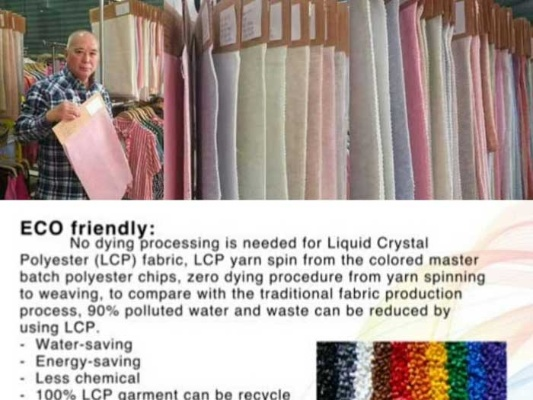
-
Material Testing
- Quality Control: Regularly inspecting raw materials for defects such as color bleeding, shrinkage, and fabric strength.
- Labeling Verification: Ensuring that labels accurately reflect the content and composition of the products.
-
Finished Goods Inspection
- Dimensional Accuracy: Measuring and verifying the dimensions of garments to ensure they fit properly and are comfortable to wear.
- Quality Control: Checking for any signs of wear and tear or defects that might compromise the product's functionality or appearance.
-
Packaging Inspection
- Safety Standards: Ensuring packaging meets safety regulations, including those concerning flame resistance and child safety.
- Labeling Compliance: Confirming that all necessary information, such as size guides, care instructions, and warnings, are clearly displayed on the packaging.
-
Customs Inspection
- Legal Compliance: Ensuring that products pass customs inspections and conform to international trade agreements and regulations.
- Packaging Customs Declaration: Providing accurate documentation for customs authorities to ensure smooth clearance through customs procedures.
-
Testing and Analysis
- Chemical Composition Analysis: Determining the chemical makeup of textiles to ensure they do not contain harmful substances.
- Economic Value Addition: Analyzing the cost-effectiveness of the materials used and the efficiency of production processes.
-
Environmental Impact Assessment
- Green Product Development: Evaluating the environmental impact of new materials and processes before they are adopted.
- Sustainable Practices: Advocating for practices that minimize waste and use eco-friendly methods in production and disposal.
-
Consumer Awareness and Education
- Product Information Disclosure: Providing clear and accurate product information to consumers to empower them with the knowledge they need to make informed purchasing decisions.
- Consumer Rights Protection: Educating consumers about their rights when faced with defective products or misleading labeling.
-
Technical Support and Training
- Skill Development: Offering training programs for professionals to enhance their skills and knowledge in the field of textile and apparel inspections.
- Technology Integration: Integrating cutting-edge technologies into inspection processes to improve accuracy, efficiency, and overall quality control.
-
Case Studies
- Success Stories: Sharing success stories from real-world scenarios where inspection services have played a critical role in preventing defects and maintaining brand trust.
- Lessons Learned: Discussing lessons learned from past experiences, highlighting how these insights can inform future strategies and improvements.
-
Trends and Future Outlook

- Emerging Technologies: Anticipating the adoption of emerging technologies in the field of textile and apparel inspection, such as artificial intelligence (AI) for pattern recognition and machine learning for predictive maintenance.
- Sustainability Goals: Discussing how the industry is moving towards sustainability goals, including the use of recycled materials and reducing energy consumption in production processes.
By delving into the breadth and depth of textile and apparel inspection services, this article aims to provide a comprehensive understanding of the critical role these professionals play in maintaining the quality, safety, and sustainability of the industry. Whether it's ensuring materials meet standards, verifying product details, or addressing environmental concerns, the expertise of textile and apparel inspection services is indispensable to the success of the industry.
随着人们对服装品质和舒适度的追求不断提高,纺织品服装检测业务的重要性日益凸显,本篇文章将详细介绍纺织品服装检测业务的业务范围,并结合实际案例进行说明。
业务范围概述
纺织品质量检测
纺织品质量检测是纺织品服装检测业务的基础,主要涵盖纤维含量、织物结构、尺寸稳定性、耐洗色牢度等方面的检测,通过专业的检测设备和严格的操作流程,确保纺织品符合国家标准和客户要求。
服装款式与面料检测
除了纺织品质量检测外,服装款式与面料检测也是纺织品服装检测业务的重要部分,包括服装面料成分、款式设计、舒适度等方面的检测,通过专业的检测设备和严谨的检测流程,确保服装符合市场需求和客户期望。
环保与可持续性检测
随着环保意识的提高,纺织品服装检测业务也开始关注环保与可持续性方面的检测,包括环保标准、有害物质限量等方面的检测,确保纺织品符合环保要求,同时减少对环境的影响。

案例说明
某品牌纺织品质量检测
某品牌在纺织品质量检测方面有着严格的标准和流程,他们采用先进的检测设备和专业的检测人员,对每一批次的纺织品进行全面的质量检测,通过严格的检测流程,确保每一件纺织品都符合国家标准和客户要求,他们还注重环保与可持续性方面的检测,确保纺织品符合环保要求。
某服装面料成分检测
某服装公司对每一款服装的面料成分进行严格检测,他们采用专业的面料成分分析仪器,对不同材质的面料进行成分分析,通过专业的检测流程和严谨的态度,确保每一款服装的面料都符合市场需求和客户期望,他们还注重服装款式与面料方面的检测,确保服装符合消费者的审美需求。
业务扩展方向
- 拓展业务范围:除了传统的纺织品质量检测、服装款式与面料检测外,还可以拓展环保与可持续性方面的检测业务,随着人们对环保意识的提高,越来越多的消费者开始关注环保产品和服务,拓展环保与可持续性方面的检测业务,可以满足消费者的需求,提高企业的竞争力。
- 提高检测精度与效率:随着科技的不断进步,纺织品服装检测技术也在不断更新和提高,企业可以加强技术研发和人才培养,提高检测精度和效率,为消费者提供更优质的产品和服务。
- 加强与国际合作:随着全球化的趋势,纺织品服装检测业务也需要与国际接轨,企业可以加强与国际合作,引进先进的检测技术和设备,提高企业的国际竞争力。
纺织品服装检测业务是保障纺织品服装品质和舒适度的重要手段,企业应该根据市场需求和客户要求,加强业务范围拓展和技术研发,提高检测精度和效率,为消费者提供更优质的产品和服务,企业也应该注重环保与可持续性方面的检测业务,为推动可持续发展做出贡献。
Articles related to the knowledge points of this article:
The Cost of Electronic Textiles A Comprehensive Breakdown
The Journey of Golden Beads:The Story of 金豆豆纺织品
The Navigating Challenges of Applying for Jobs at Hangzhou Jiexi Ju Textiles
